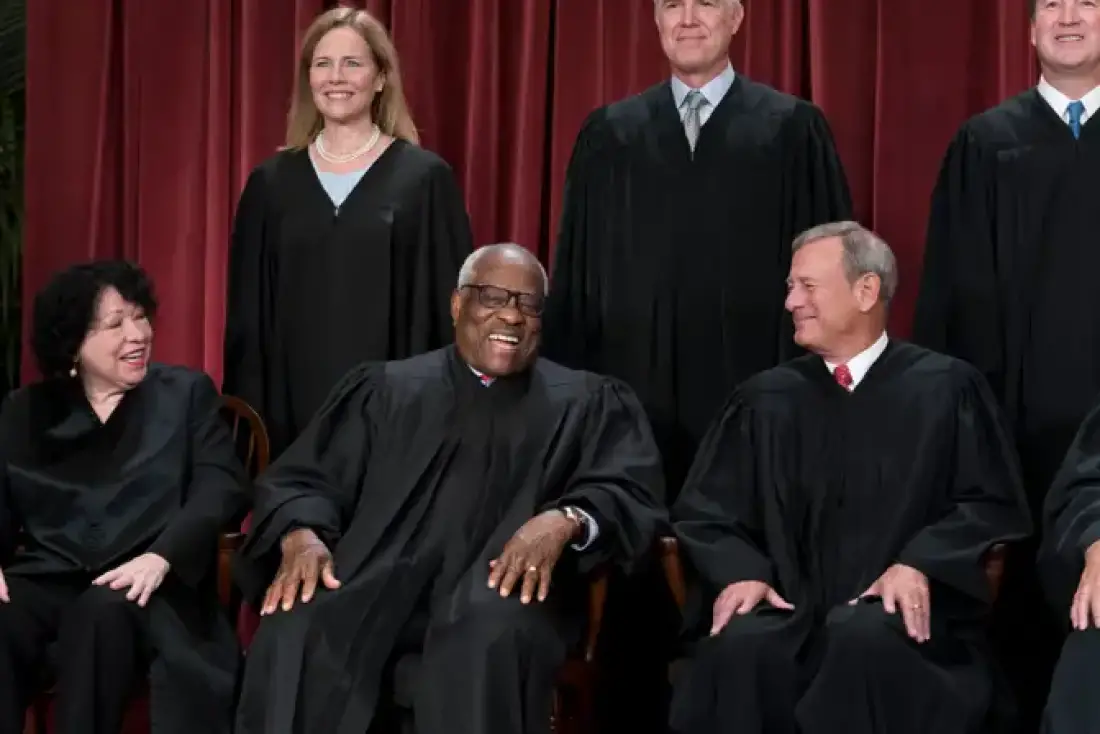In a major decision that’s reverberated through Washington, the U.S. Supreme Court has upheld the Food and Drug Administration’s (FDA) decision to restrict the sale of flavored vaping products. This ruling, which has sparked considerable debate, highlights the ongoing clash between public health interests and the rapidly growing vaping industry. The Court’s decision marks a significant moment in the ongoing saga over the future of flavored e-cigarettes, with implications for millions of Americans who either use or manufacture these products.
The vaping debate is anything but simple. For years, the vaping industry has argued that their products serve as a valuable tool in helping people quit smoking, offering a less harmful alternative to traditional tobacco. On the other hand, health advocates, public health organizations, and many within the government have raised alarms over the rising use of vaping products, especially among young people. This latest ruling, while seen as a win for health advocates, has not entirely settled the issue, leaving the door open for future legal challenges and changes in policy.
At the center of this debate is the FDA’s authority to regulate flavored e-cigarettes. The administration’s decision to block certain flavored products, such as “Pink Lemonade” and “Rainbow Road,” has been contentious. The Court’s ruling affirms the FDA’s stance, but the journey to this point has been anything but straightforward, with industry advocates questioning the fairness of the regulatory process and whether it truly serves public health interests.
The FDA’s Authority to Regulate Vaping Products
The FDA has had the power to regulate tobacco products, including e-cigarettes, since 2009. However, it wasn’t until 2016 that the agency officially categorized e-cigarettes as tobacco products, giving it the authority to oversee their approval and regulation. Since then, the FDA has been tasked with reviewing applications from manufacturers seeking to market new vaping products.
In 2020, during the first year of President Biden’s administration, the FDA began denying many vaping product applications, citing concerns over the risks these flavored e-cigarettes posed to youth. Public health groups lauded these decisions, arguing that flavored vaping products were fueling a nicotine addiction crisis among young Americans. According to a 2020 FDA report, nearly 20% of high school students and 4.7% of middle school students were using e-cigarettes. These statistics raised alarm bells for public health advocates, who feared that vaping would become a gateway to nicotine addiction for an entire generation of young people.
In contrast, the vaping industry has consistently argued that its products are a safer alternative to traditional cigarettes and that flavored e-cigarettes, in particular, help adult smokers transition away from tobacco. Eric Heyer, a representative for the vaping industry, expressed disappointment over the Court’s ruling, stressing that flavored products are essential for smokers trying to quit. “We continue to believe in the great harm reduction potential of our products for cigarette smokers,” he stated after the decision. He also emphasized that the industry would continue to challenge the FDA’s rulings in court.
The Supreme Court’s decision sends a clear message that the FDA has the authority to deny flavored vaping products if they do not meet the agency’s rigorous standards. Justice Samuel Alito, who wrote the majority opinion, maintained that the vaping companies had no legitimate claim that the FDA had changed its rules mid-process. He rejected their arguments that the FDA’s guidelines were unclear or that the agency had unfairly shifted its stance on the approval process.
Public Health vs. Industry Interests
The Court’s decision has been hailed as a victory for public health, particularly the efforts to protect children and adolescents from the harms of vaping. Yolonda Richardson, president of Campaign for Tobacco-Free Kids, celebrated the ruling, calling it “a major victory for the health of America’s kids.” Richardson’s statement reflects the broader sentiment among public health groups that flavored e-cigarettes have played a central role in the rise of vaping among young people.
The FDA’s decision to block these products was grounded in concerns over the long-term health impacts of nicotine, particularly for young users whose bodies are still developing. By denying the marketing of flavored e-cigarettes, the FDA aims to curtail the growing epidemic of nicotine addiction among teenagers, which has led to widespread concerns about the future public health consequences.
On the other side of the debate, the vaping industry argues that the benefits of flavored e-cigarettes for adult smokers outweigh the risks. Vaping companies contend that their products provide a crucial tool in helping millions of Americans quit smoking, a claim supported by some studies suggesting that e-cigarettes are less harmful than traditional cigarettes. However, the industry faces growing scrutiny over its marketing practices, especially the use of enticing flavors that appeal to younger users.
In this context, the Supreme Court’s decision adds another layer of complexity to the ongoing debate. The Court has effectively sided with the FDA’s position that public health concerns should take precedence over industry interests. But it also leaves room for the industry to challenge these rulings further, potentially revisiting the case next year if new developments arise.
The Legal Journey and Challenges Ahead
While the Supreme Court’s ruling is a clear win for the FDA, the fight over flavored e-cigarettes is far from over. The Court’s opinion sent the case back to the 5th Circuit Court of Appeals for further review, particularly regarding the FDA’s decision to reject certain marketing plans put forth by vaping companies. The FDA had initially requested companies to submit plans demonstrating how they would prevent their products from reaching young people, but later reversed course, claiming that past marketing efforts had failed to curb youth vaping.
Justice Sonia Sotomayor, in a brief concurring opinion, highlighted the complexities of the FDA’s regulatory approach. She argued that the agency’s requests for scientific evidence from the vaping companies were not unreasonable given the well-documented risks that flavored e-cigarettes posed to youth. Sotomayor’s comments underscore the difficulty of balancing the interests of the industry with the need to protect public health, particularly when it comes to the safety of young people.
In the coming months, vaping companies may attempt to find a way to reapply for approval, either through new evidence or by appealing to a different political administration that may be more lenient on vaping regulations. This possibility raises questions about how future administrations might approach vaping regulation. President Trump, during his time in office, famously promised to “save vaping,” and the industry hopes that a future administration may take a more favorable stance.
Justice Brett Kavanaugh, during oral arguments, raised an interesting point about the potential relief available to the vaping industry. He asked whether the companies could reapply for approval without any additional fees, to which government attorneys confirmed they could. However, the vaping industry has pointed out that these processes can take years, and the regulatory uncertainty has already had a significant impact on their business operations.
What Comes Next?
As the vaping industry continues its legal battle, one thing remains clear: the Supreme Court’s decision has set a precedent for how the FDA can regulate flavored e-cigarettes. The Court’s ruling gives the agency the legal authority to block products it deems harmful to public health, especially those that target young people. However, the case is far from closed, and the ongoing legal challenges will likely shape the future of vaping regulation in the U.S.
In the meantime, public health advocates will continue to press for stricter regulations on vaping products, while the industry will seek ways to adapt and present new evidence to support the benefits of their products for adult smokers. The outcome of this battle could have profound implications for both public health and the future of the vaping industry in America.
For now, the vaping industry faces an uphill battle as it attempts to navigate the legal and regulatory landscape, but the fight is far from over. With new legal challenges on the horizon, and the ever-evolving landscape of public health concerns, this issue will undoubtedly remain a hot topic for years to come.

